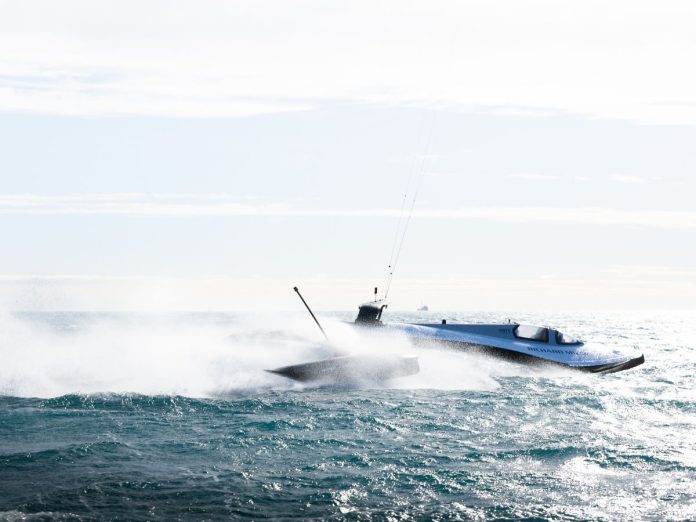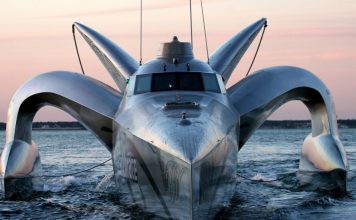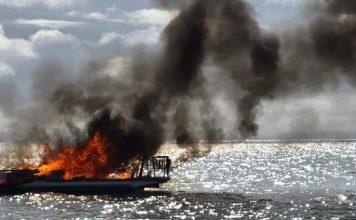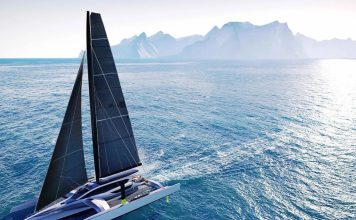After two years of innovation, record-chasing, and bold claims, the SP80 speed record team calls it a day — or is it a pause?
June ended with little wind, and July brought heat and heavy tourist traffic to Leucate. The Tramontane winds — so critical to SP80’s high-speed efforts — never materialised in time. With their self-imposed campaign deadline reached, the team has officially ended its 2025 sailing campaign.
It’s a bitter blow, especially considering how close they came. In May, the SP80 kite-powered trimaran cracked 58.261 knots — more than 108 km/h — surpassing both America’s Cup AC75s and SailGP’s F50s. SP80 became the second fastest sailboat ever recorded, behind only Paul Larsen’s Vestas Sailrocket II.
While not eligible for a world record due to the way peak speeds are measured, the feat was proof the technology works. SP80 wasn’t just theory. It was fast — and consistently so. Multiple runs between 55 and 58 knots suggested the boat’s design was delivering real results, even in imperfect wind.
That said, the record they were chasing — 65.45 knots over 500 metres, certified by the World Sailing Speed Record Council — still stood firm. SP80’s best average over that distance was 48.645 knots, just shy of category record territory. The team was knocking on the door but not quite inside.
“The boat felt ready. So did we,” they wrote in their update. “We just needed a little more wind… and a bit more time.”
But time and wind ran out. Tourists flooded their test site in southern France. The heat increased. And the window closed.
Rather than force it, they’ve pulled back — for now. It’s a mature decision, rooted in self-preservation. Risking the boat in suboptimal conditions could set the whole project back. The kiteboat is complex. Its handling, at speeds over 100 km/h, requires precision and coordination. The margin for error shrinks as the numbers climb.
Ending the campaign isn’t the same as abandoning the mission. The SP80 team stresses this is not goodbye. The dream of reaching 80 knots — inspired by kite performance and years of development — remains very much alive.
The next chapter will require more funding, broader support, and possibly a new location. While they haven’t announced where or when the next push will happen, work behind the scenes continues. Data is being analysed. Options are being explored. The community — fans, sponsors, engineers — is being rallied once again.
The SP80 speed record team calls it a day — or is it a pause? All signs point to the latter.
Their thanks go out to the early believers, the families, the engineers who lifted kites and built prototypes. They’ve built the fastest kiteboat on the planet. That’s not failure — that’s foundation.
World records are fickle things. Sometimes, success depends more on timing than talent. This season, the weather won. But the SP80 team haven’t lost.
They’ll be back. Faster, smarter, better prepared — and still chasing the dream.




















